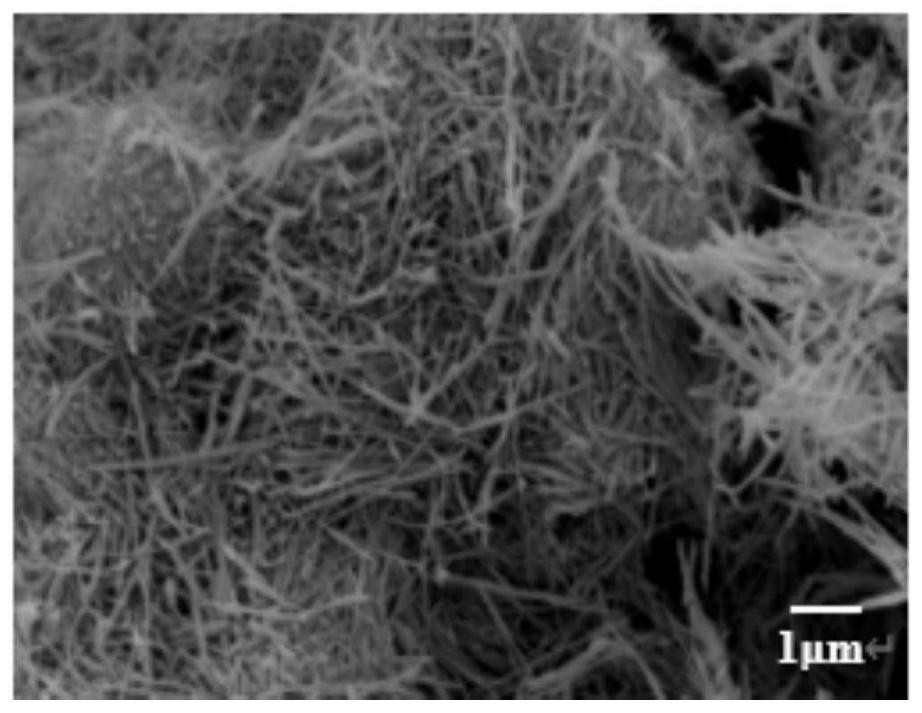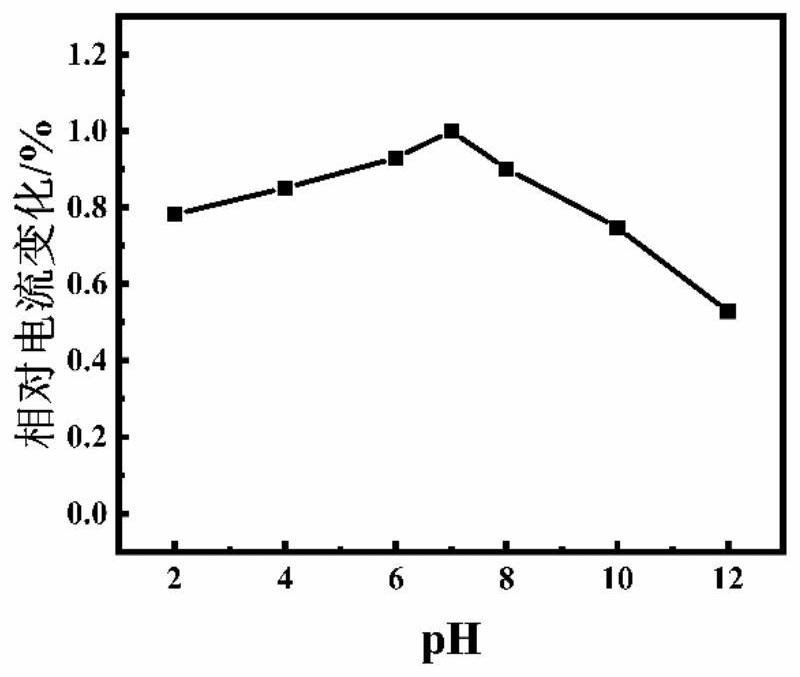A mno-based 2 Method for detecting pentachlorophenol in wood products by nanorods
A technology of pentachlorophenol and nanorods, which is applied in the field of analysis and detection, can solve the problems of long detection cycle, complicated operation, and huge equipment, and achieve the effects of simple operation, high sensitivity, and improved transmission rate
- Summary
- Abstract
- Description
- Claims
- Application Information
AI Technical Summary
Problems solved by technology
Method used
Image
Examples
Embodiment 1
[0031] Test Instruments and Consumables
[0032] MnSO 4 ·H 2 O, (NH 4 ) 2 S 2 o 8 , absolute ethanol, polyethyleneimine, trishydroxymethylaminomethane, hydrochloric acid (aladdin chemical reagent company); pentachlorophenol (Sigma chemical reagent company). Electrochemical experiments were carried out on an electrochemical workstation CHI-650E (Shanghai Chenhua Instrument Co., Ltd.). The reagents used for the screen-printed electrodes (SPE) were all analytically pure; the experimental water was ultrapure water.
[0033] MnO 2 Synthesis of Nanomaterials
[0034] 6.70g of MnSO 4 ·H 2 O and 13.69g of (NH 4 ) 2 S 2 o 8 Dissolve in 40mL of distilled water, blow N at room temperature 2 and stirred for 1 hour. The resulting mixed solution was then transferred to a Teflon-lined stainless steel autoclave (40 mL), and heated at 140° C. for 24 hours. After the reaction, the mixture was cooled to room temperature. The product was then centrifuged, washed with distilled wa...
PUM
| Property | Measurement | Unit |
|---|---|---|
| concentration | aaaaa | aaaaa |
| diameter | aaaaa | aaaaa |
Abstract
Description
Claims
Application Information
 Login to View More
Login to View More - R&D
- Intellectual Property
- Life Sciences
- Materials
- Tech Scout
- Unparalleled Data Quality
- Higher Quality Content
- 60% Fewer Hallucinations
Browse by: Latest US Patents, China's latest patents, Technical Efficacy Thesaurus, Application Domain, Technology Topic, Popular Technical Reports.
© 2025 PatSnap. All rights reserved.Legal|Privacy policy|Modern Slavery Act Transparency Statement|Sitemap|About US| Contact US: help@patsnap.com



